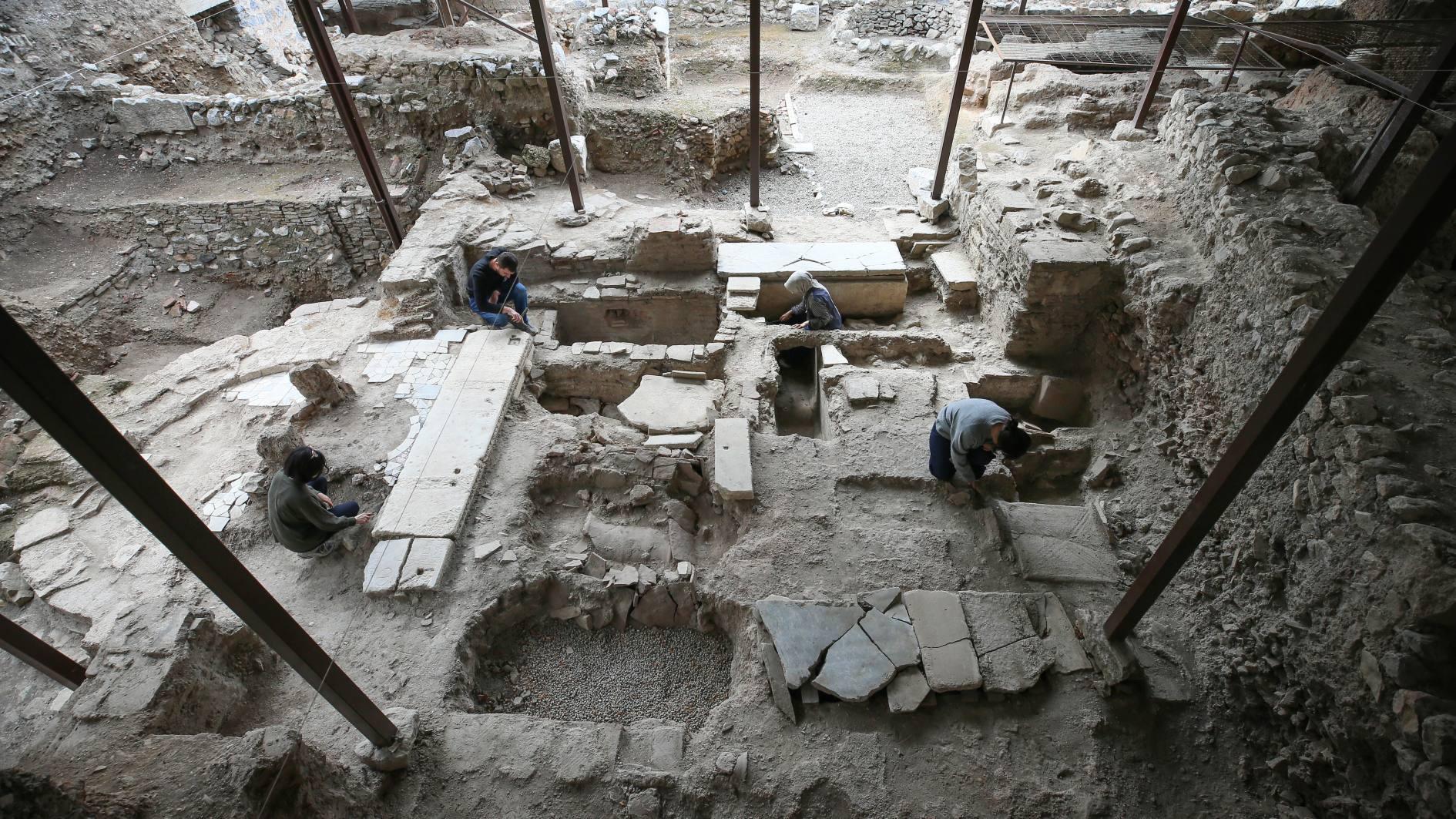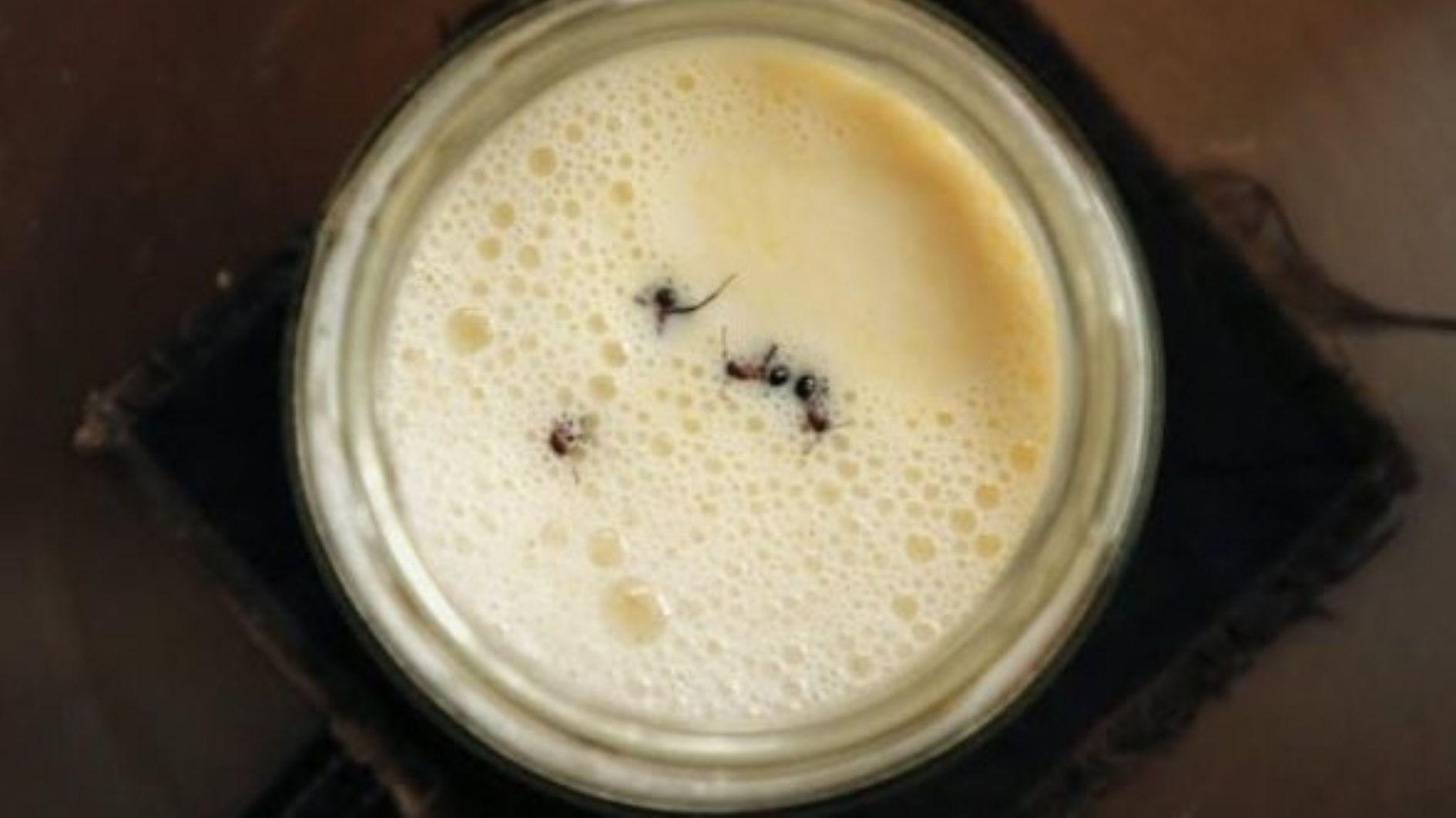Remains of Byzantine chapel, Ottoman bath unearthed in İznik
BURSA

Excavations at the İznik Tile Kilns in the northwestern province of Bursa unearthed the remains of a Byzantine-era chapel and an Ottoman bath.
The scientific excavations have been continuing for 41 years with the support of Istanbul University.
While the site is primarily known for tile kilns and Ottoman-era ceramic fragments, archaeologists recently discovered a 5.5-by-5.2-meter chapel dating back to the Byzantine period, along with the remains of a small Ottoman bath.
Findings from the chapel site include Byzantine ceramics, glass and metal objects, as well as a sarcophagus and several graves.
Meanwhile, conservation work is ongoing at the excavation house for artifacts that demonstrate İznik’s global reputation as a major center of tile and ceramic production. Each fragment is carefully cleaned, numbered, reconstructed by experts, measured and documented before being transferred to the İznik Museum for exhibition.
Associate Professor Belgin Demirsar Arlı, head of the excavation and a faculty member at Istanbul University’s Department of Art History, told state-run Anadolu Agency that excavations have been carried out in the area known as “east of the municipal bath” since 1984.
She said the excavation area, which began as a small site, has expanded to 4 decares through expropriations and contains the remains of a large and complex Ottoman-era tile workshop.
Arlı stated that the site is multilayered, with the earliest remains dating back to the Roman period. “There’s a chapel here from the Byzantine period — actually a main church with a smaller chapel to its north. The chapel is better preserved. Water was the most important element in tile and ceramic production, and this site was naturally built over ancient water channels. A Roman-era water system lies beneath the church and chapel, and Ottoman workshop structures were later built over them,” she explained.
Arlı said that to the east of the chapel, in a higher layer, they also found remains of a small Ottoman bath. “It likely extended beyond our current excavation boundaries, but the finds are sufficient to identify it as a bathhouse. We believe it was used by the craftsmen working in the tile workshops — an important architectural discovery,” she stated.















